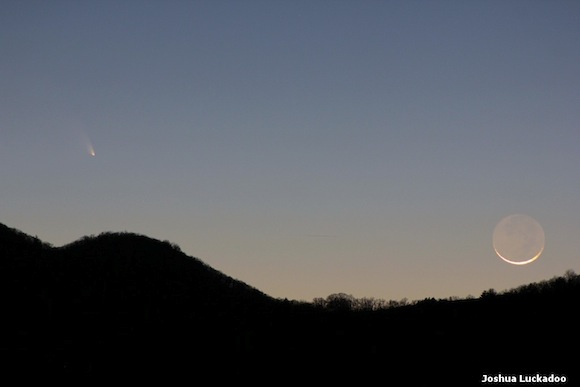If you look up at the western sky right after sunset this week, you just might catch a glimpse of a radiant body of celestial ice, the Pan-STARRS Comet.
Officially called Comet C/2011 L4 (PANSTARRS), the comet was discovered in June 2011 by astronomers at the University of Hawaii Maui College using the Pan-STARRS Telescope.
The Pan-STARRS Comet is now in perihelion, the state of being nearest to the sun as its orbit ever gets. It will be visible in the western sky at twilight throughout Earth’s Northern Hemisphere until about March 24, appearing higher in the sky each night. The comet will not be this close to the sun again for over 100,000 years.
More information on the Pan-STARRS Comet and how to see it is available on the website Spacedex.



